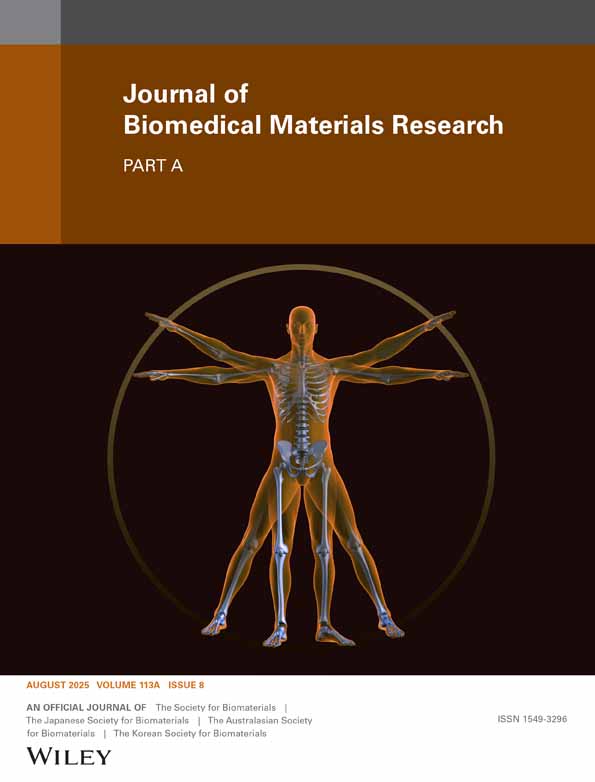Surface hydration of polymeric (bio)materials: A molecular dynamics simulation study
Abstract
The surface hydration of some crystalline polymeric (bio)materials is investigated at room temperature using molecular mechanics and molecular dynamics techniques through the statistical distribution of the water molecules as a function of their distance from the surface atoms. Considering different crystalline polymers such as polyethylene, poly(vinylidene fluoride), and poly(m-phenylene isophthalamide), and in particular their different crystal faces, we can take into account unlike surface chemistries and their subnanoscale topologies. Such features are ultimately related to the intermolecular forces between the exposed groups of the specific crystal face and the water molecules, and those among the polymer chains, which also affects the thermal motion of the surface repeat units. We find that the parallel grooves and depressions that can be formed at the surface by the ordered hydrophobic chains may trap the nearest water molecules at short times, unless the (sub) nanoscale pattern is effectively blurred by the thermal motion of the surface units. © 2009 Wiley Periodicals, Inc. J Biomed Mater Res, 2010




